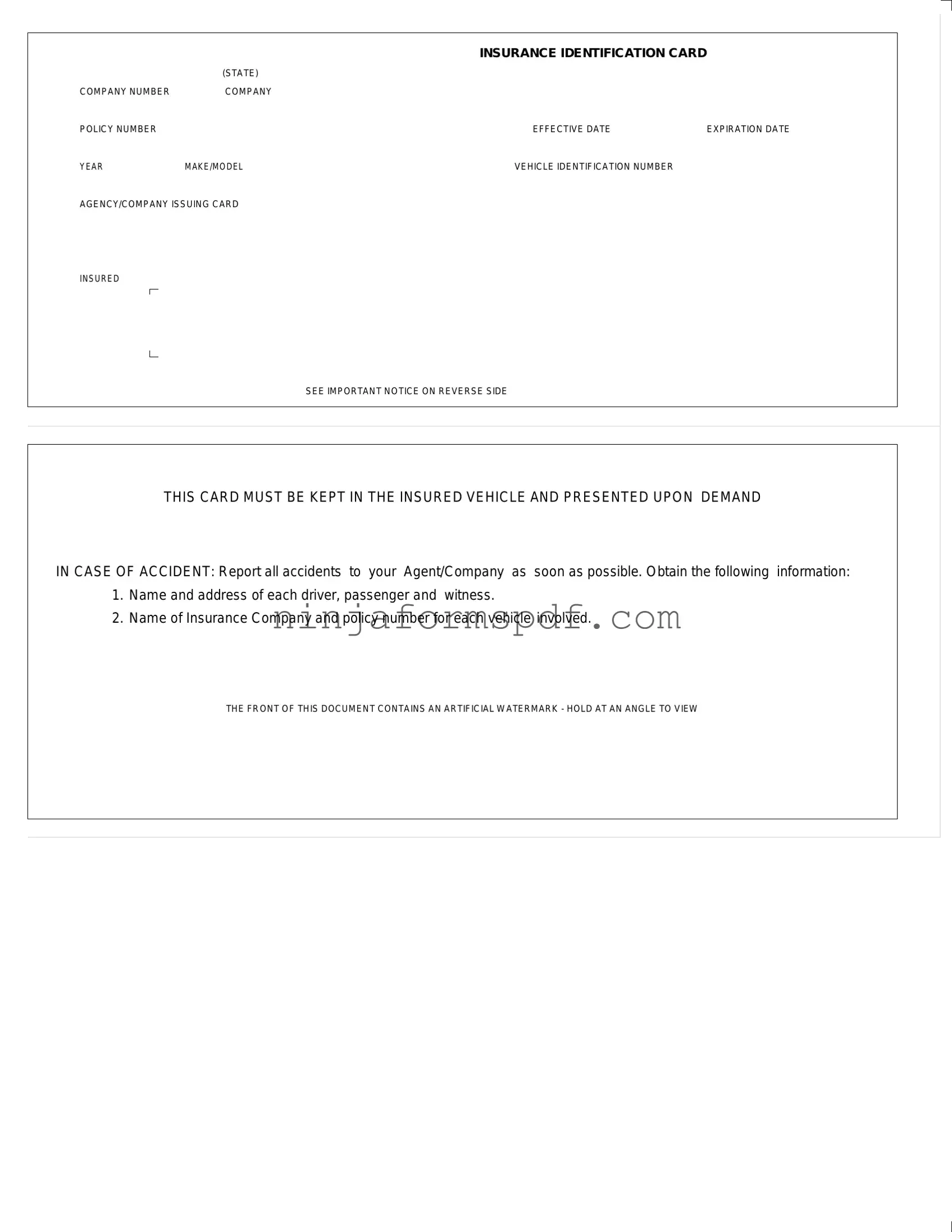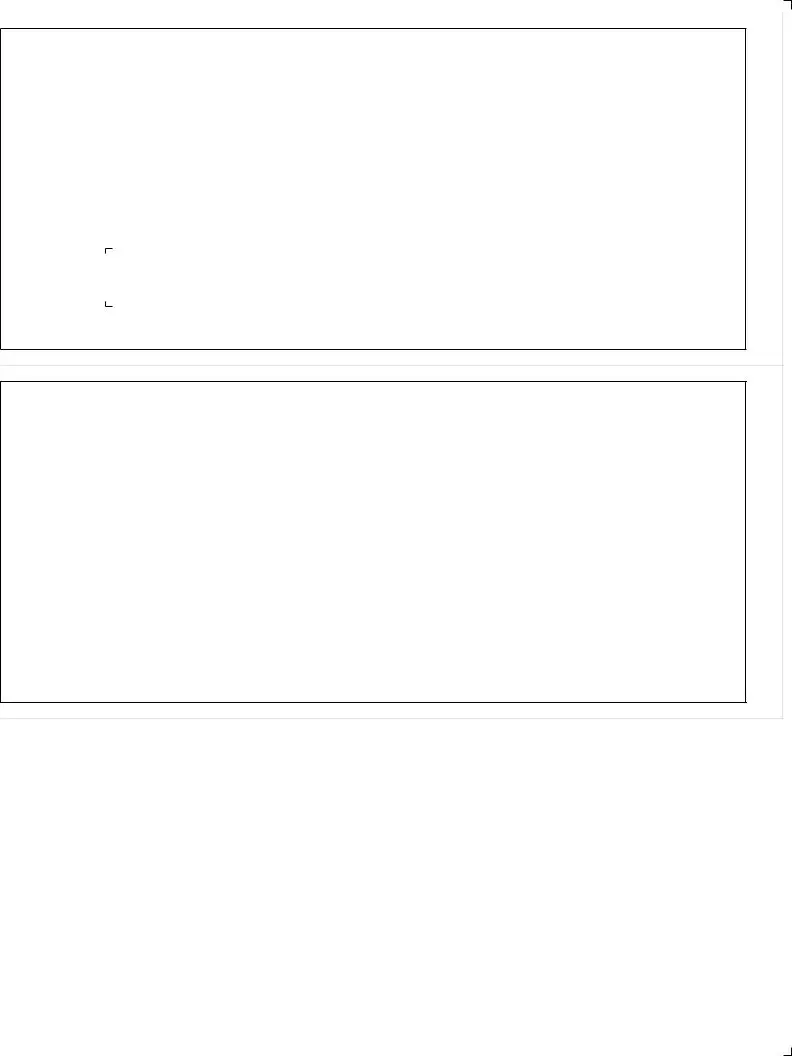What is an Auto Insurance Card and why is it important?
An Auto Insurance Card serves as proof of a driver's current insurance policy. Mandated by law in most states, it includes critical information such as the insurance company's name and contact number, the policy number, and the effective and expiration dates of the policy, as well as details about the insured vehicle, including its make, model, and vehicle identification number (VIN). This card is crucial because it verifies that a motorist meets the minimum insurance requirements and must be presented upon demand, particularly in situations like traffic stops or after an accident.
How can I obtain my Auto Insurance Card?
After purchasing or renewing an auto insurance policy, insurance companies typically issue an Auto Insurance Card. This can be sent via physical mail or, in many cases, made available for download and print through the insurance company's online customer portal. Some insurers also offer digital insurance cards through their mobile apps, which are acceptable in many states.
What information is included on an Auto Insurance Card?
The card includes the name of the insurance company, the policy number, effective and expiration dates of the policy, the year, make/model of the insured vehicle, the vehicle identification number (VIN), and the name of the insured. It also provides contact information for the issuing agency or company and a notice regarding the importance of the card, with instructions in case of an accident.
Is it necessary to carry the Auto Insurance Card at all times?
Yes, most states require drivers to carry their Auto Insurance Card in their vehicle at all times. This card must be presented upon demand in situations such as traffic stops or following an accident. Failure to provide this proof of insurance can result in fines, vehicle impoundment, or even license suspension, depending on the state's laws.
What should I do if I lose my Auto Insurance Card?
If your Auto Insurance Card is lost or damaged, you should contact your insurance provider immediately to request a replacement. Many insurers also offer the option to access and print a temporary card through their online customer service platforms, and digital copies may be acceptable in your state.
Can I present a digital copy of my Auto Insurance Card during a traffic stop or after an accident?
In many states, yes, a digital copy of your Auto Insurance Card displayed on your mobile device is acceptable proof of insurance. However, acceptance varies by state, so it's essential to confirm your state's regulations. Even in states where digital copies are accepted, it's a good idea to keep a physical copy in your vehicle as a backup.
What actions should I take if my Auto Insurance Card has incorrect information?
Incorrect information on your Auto Insurance Card could lead to issues when presenting it as proof of insurance. If you notice any discrepancies, contact your insurance provider as soon as possible to have the card corrected and reissued. This ensures that all details align accurately with your policy and vehicle information.
Why is there an artificial watermark on the Auto Insurance Card?
The artificial watermark is a security feature designed to prevent fraudulent reproduction of the card. By tilting the card at an angle, the watermark should be visible, authenticating the card as legitimate. This measure helps law enforcement and other authorities verify the validity of the insurance proof presented during checks.

